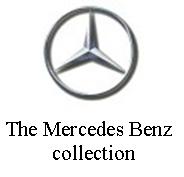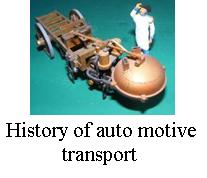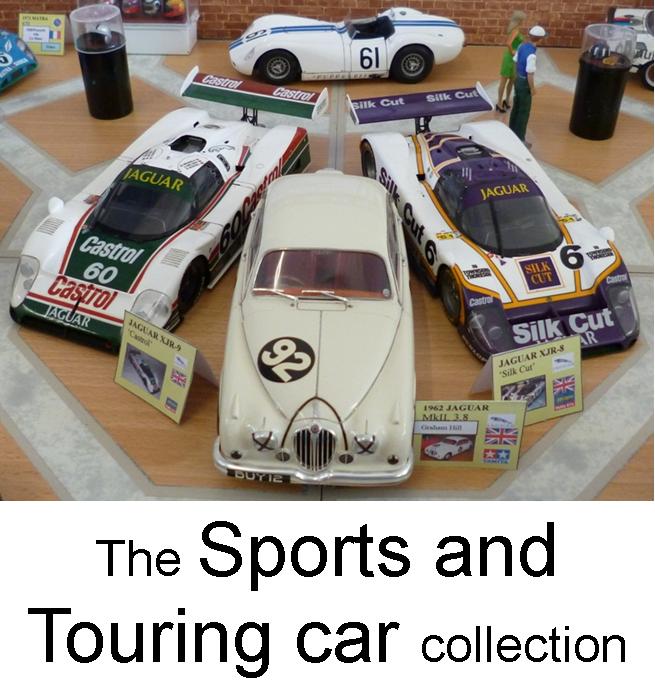Gordon Bennett Trophy tradition required the winning country to host the following years race. Britain had won the 1902 event, held concurrent with the Paris-Vienna race, courtesy of Selwyn Edge and his Napier. But it was illegal to close British public roads and a national speed limit of 7mph was in force. The Automobile Club of Great Britain and Ireland still wanted to host the race in the British Isles and it was their secretary, Claude Johnson, who suggested Ireland.
An area in County Kildare was suggested by Richard Mecredy, editor of the Dublin Motor News, and the 'Light Locomotives (Ireland) Bill' was passed on 27 March 1903 to enable the local councils of Kildare to ensure “That every facility will be given and the roads placed at the disposal of motorists during the proposed race". The straightness of the Kildare roads would be a great safety benefit, much needed after the deaths and severe accidents of the May 24th Paris-Madrid race. Obviously there was considerable public concern about safety, so to allay these fears the race was to be held over a carefully prepared, closed circuit, marshalled by 7,000 police officers, troops and club stewards. Strict instructions were given to keep spectators off the roads and away from the corners.
Ninety one timing chronographs were supplied by Stauffer Son & Co. for the race. Competitors were started at seven minute intervals and had to follow bicycles through the 'control zones' in each town.
Selwyn Edge produced a scintillating fast first lap, but at the end of the 1st lap it was the amateur driver Foxhall Keene who lead by 20 seconds. The race was marked by a multitude of mechanical maladies including Edges car blowing it’s radiator cap off! Through all the troubles came famous Belgian Camille Jenatzy, driving for Mercedes, he won The 328 mile race in a time of 6h39m, recording an average speed of 49.2mph. The inspiration for this model came from a photograph in a 1970s magazine published by Orbis called "On Four Wheels" which showed the car being to driven to victory by Jenatzy.
As a little aside; Britain was officially recorded as having Green as its national colour that year, and all the British cars were indeed green. It is often thought to have been a compliment to Ireland but it was also the Napier companies corporate colour, their green car had won the previous years race, and as early as the 1901 season Charles Jarrot had been given a green Panhard with which he raced to victory for that team in the 1901 Paris-Berlin race! So, it seems more likely that British Racing Green evolved rather that was chosen or appointed.
1/32nd scale conv'.
Built by Ian.


Rod had built the 1904 Airfix original version way back in the 1960s. Ian got his kit in the mid 1990s and in 1996 set to work converting the kit to the 60hp model raced in the Gordon-Bennett race of 1903. In truth the conversion consists mostly of leaving things off of the kit! The cars that Mercedes intended to use for the race were destroyed in a fire at the works and so the team borrowed sports cars from clients and sorted them ready for racing. Thus the actual race model needed little change from the road going variant.
The model is painted with Humbrol enamels applied by brush capturing a little more history as at the time cars and coaches were themselves still brush painted. Ian added a better looking scratch built bonnet strap made from masking tape with fine fire buckles also added for reality. The technique that was unusual for car modelling was the use of ink washes to add dirt and deepen shadows, Ian used Citadel acrylic inks from the Games Workshop range for this.
The figures are the same Airfix figures modified to give driver and mechanic. The modifications include a little facial correction to make the driver more like the "red devil" Jenatzy himself and his mechanic as they appeared in a photo' taken after the race. Something that was common at the time as all the cars/drives/teams entered would be photographed multiple times and the photo's sold as postcards with the photographer, and his company's, name on it.
RETURN TO -


